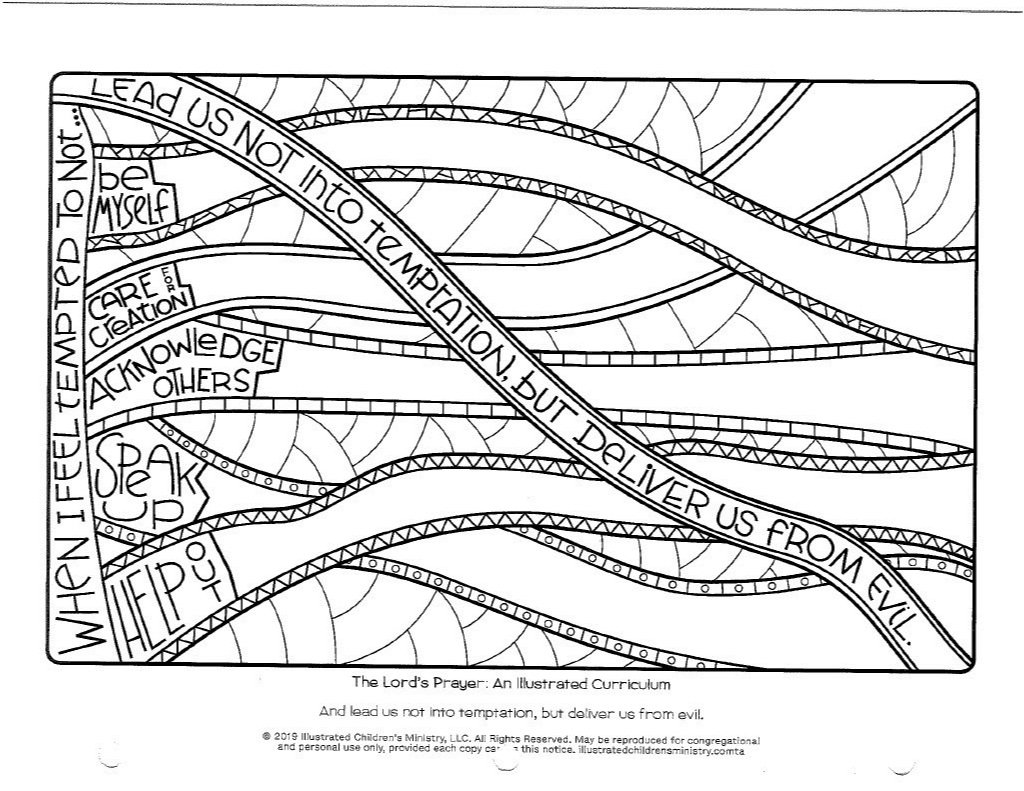The Gospel Reading
Acts 16:9-15 (The Living Bible Translation)
9 That night Paul had a vision. In his dream he saw a man over in Macedonia, Greece, pleading with him, “Come over here and help us.” 10 Well, that settled it. We would go to Macedonia, for we could only conclude that God was sending us to preach the Good News there.
11 We went aboard a boat at Troas, and sailed straight across to Samothrace, and the next day on to Neapolis, 12 and finally reached Philippi, a Roman colony just inside the Macedonian border, and stayed there several days.
13 On the Sabbath we went a little way outside the city to a riverbank where we understood some people met for prayer; and we taught the Scriptures to some women who came. 14 One of them was Lydia, a saleswoman from Thyatira, a merchant of purple cloth. She was already a worshiper of God and as she listened to us, the Lord opened her heart and she accepted all that Paul was saying. 15 She was baptized along with all her household and asked us to be her guests. “If you agree that I am faithful to the Lord,” she said, “come and stay at my home.” And she urged us until we did.
Think and Wonder
Leading up to this story, Paul and his friends were trying to go into Asia to tell people about Jesus and the lessons he taught – but things kept blocking them from going there. This reading tells us that Paul had a vision or a dream one night that sent him in a new direction, to a place he hadn’t considered going. In this new place he found Lydia and others who were eager to hear what he had to say.
Have you ever had a time when you planned to do something but ended up doing something completely different? Maybe you wanted to play with your friends but your parents had different plans that meant you had to go with them to a whole new place. Sometimes, when plans change, we are disappointed but then the new experience turns out to be really great! Can you think of a time when this has happened to you?
Paul and his friends were Jewish men, like Jesus, so on the sabbath they looked for a synagogue where they could worship but there wasn’t one in Philippi. They knew that people would go to water if there was no synagogue, so they headed down to the river. Usually, men worshipped together but here they found a group of women, led by Lydia and she was really interested in what Paul had to say.
Lydia was very different from most women in biblical times. She was an independent, successful, business woman who led her own household. We are told that she sold purple cloth. That’s an important detail because purple dye was very hard to make in those days and only very rich people could afford to buy it.
What do you think Paul felt about meeting a woman like Lydia who was able to make her own decisions and be in charge of both a business and a household?
Sometimes our gifts or strengths are not easily seen by others. Lydia becomes a good friend to Paul and helps him throughout his ministry.
When Paul was looking for leaders to help form the new church, who do you think he would expect to find?
What are some ways that you think Lydia might have been able to help Paul?
What do you think would make Lydia a good leader in the new church?
Response Activity Ideas
Purple Cross
Materials: scissors, glue, assorted scraps of purple fabric, felt, tissue paper, etc.
Lydia was able to use her influence as a wealthy merchant, as well as her strong faith and hospitality, to help Paul share Jesus’ message in the city where she lived. Decorate a cross in purple to remind of Lydia’s influence on the Christian faith.
Print out the cross template, or draw your own. Cut up pieces of purple cloth, felt, or paper into squares. Glue them onto the cross shape like a mosaic or collage. Include a line from the Bible passage as title if you wish.





















